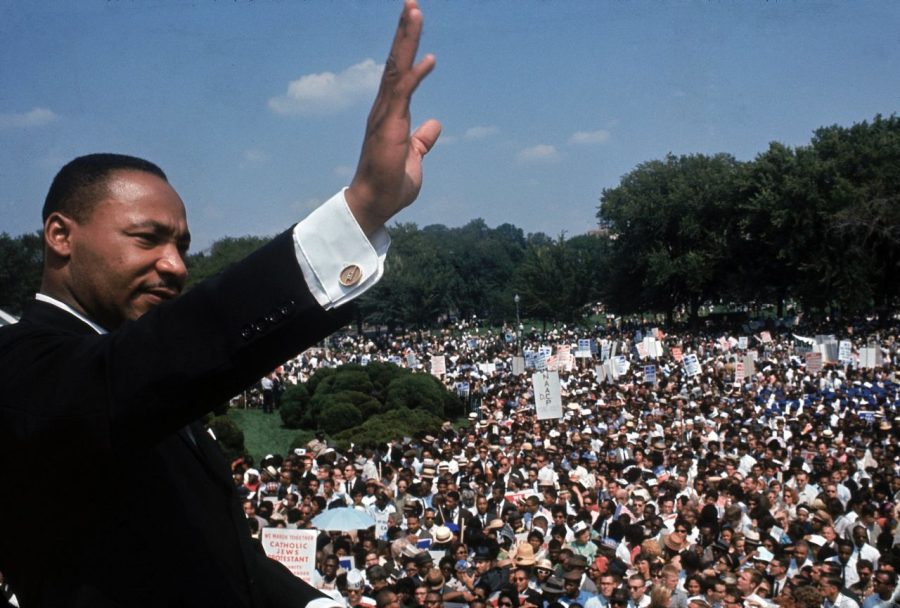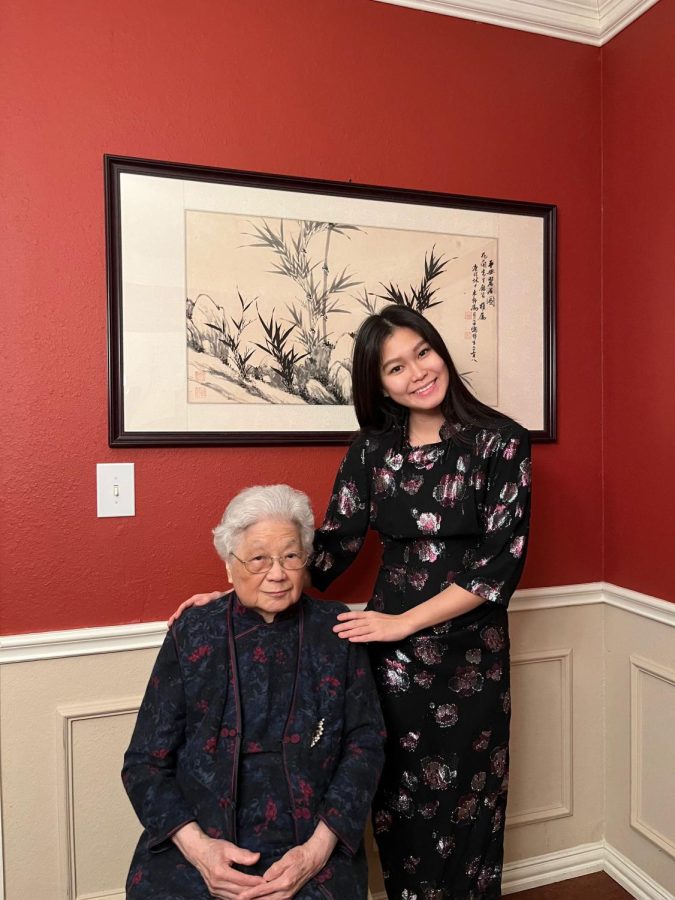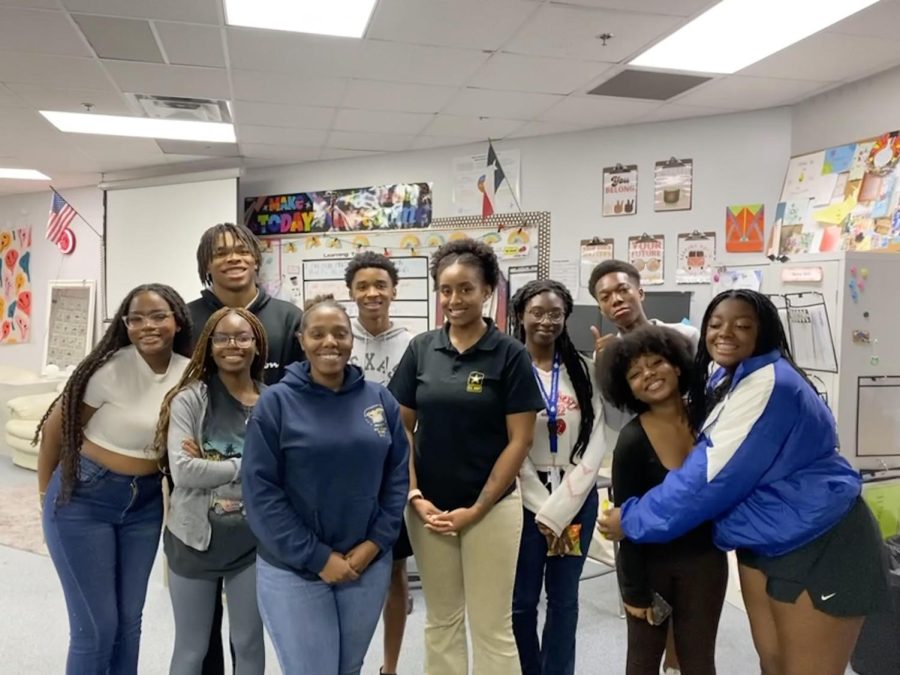 In our generation more than any other, hashtags and trending topics are replacing traditional news sources. As teenagers, we do not read the New York Times while drinking coffee in the morning or listen to NPR as we drive to school. No, in the age of smartphones and Wi-Fi, we watch Philip DeFranco on YouTube or scroll through newsfeeds on Twitter and Facebook.
In our generation more than any other, hashtags and trending topics are replacing traditional news sources. As teenagers, we do not read the New York Times while drinking coffee in the morning or listen to NPR as we drive to school. No, in the age of smartphones and Wi-Fi, we watch Philip DeFranco on YouTube or scroll through newsfeeds on Twitter and Facebook.
As teachers and parents everywhere will attest, the social media storm has shrunk teen’s collective attention span: a disturbing trend, but especially so when it comes to the news. In a culture driven by brevity and sensationalism, serious issues must be wedged into 140 characters or less as they vie for attention in a sea of memes and viral videos—and they are constantly at risk of being washed away in a relentless torrent of updates. The news media itself is only furthering an environment dictated by social media. At the end of every news broadcast, the anchor will eagerly announce, “Follow us on Twitter! Like us on Facebook!”
But what gets lost in translation from developing story to quick tweet is a deeper understanding of the events occurring around us. As a result, it is not an uncommon phenomenon of our times for significant moments with long term implications to be reduced to quick, sometimes witty, yet oftentimes silly, catchphrases. The entire presidential election, for example, can be recapped by Big Bird, Obamacare and “the 47%”, among countless other memes and fake Twitter accounts. But the social media scene morphs quickly, and what happens today is history tomorrow.
So in this fast-moving, ephemeral sphere of attention, what happens to the news when it’s no longer new?
A story such as Syria, which has dragged on for months on end, has no chance to last in social media news cycles. An estimated 40,000 civilians have died thus far in the violence, and refugees displaced by the conflict number in the hundreds of thousands. Yet the social media world has largely forgotten about the conflict in Syria, though the blood of innocent children and civilians continues to be spilled to this day.
Like a funny cat video, it seems that the situation is stale news after you have heard about it for the hundredth time.
We know that social media has the capacity to bring about change and at the very least increase public awareness, as seen in the Arab Spring and the Occupy movements of late 2011. So why has there not been a major social media campaign to bring the plight of the innocent civilians caught in the crossfire of a bloody civil war back in to the public eye? Has the death and destruction already become a forgotten story of our times, left to be archived in history? If Twitter and Facebook could be used to jumpstart the Arab Spring, surely they could be used as tools to influence a peaceful conclusion to the violence that ensued.
Alas, our attention has moved on. We do not receive daily updates on the situation from our newsfeeds, because the gist of the story remains largely unchanged from day to day.
It is not “new” anymore, and in the social media universe, that means it is not “news” either. The same is true of conflicts across the globe: from various civil wars in regions of Africa, to the ongoing protests in Europe over budget cuts and austerity measures.
But rest assured, if there is a major development, a glimmer of hope, perhaps, for the people of Syria, the comments and hashtags in solidarity will gush forth as if they had never stopped in the first place.









